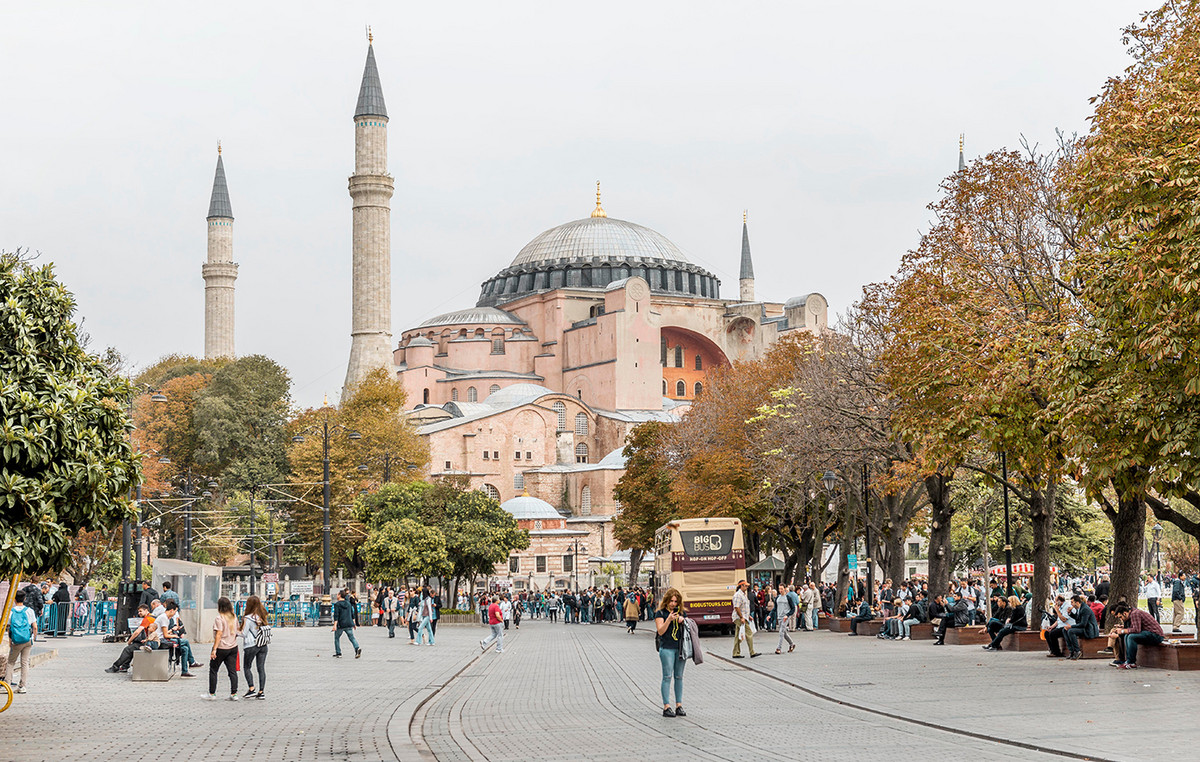It wasn’t just the cold that hit Southeast Brazil this weekend. The states of São Paulo and Rio de Janeiro also had to live with the rain, which hit hard in some regions, especially on the coast. Precipitation was higher than expected for this season.
Data from the National Disaster Monitoring Center (Cemaden), of the federal government, show that it rained 286.6 millimeters in the region of Ubatuba between Friday (25) and the morning of this Monday (28). São Sebastião registered 188 millimeters in the same period.
Rio de Janeiro also had large amounts of rain over the weekend: it was 178mm in Mangaratiba and 177mm in Petrópolis. In the capital, it was 208 millimeters in Rocinha, a favela in the south zone, according to a survey by Alerta Rio.
Such an amount of rain is not uncommon in both states, but, in general, it occurs in the summer months and in the beginning of autumn – “it’s the waters of March”, as Tom Jobim sang. So why has it rained so much the last few days?
This heavy precipitation in both states was motivated by the arrival of a cold front between Friday and Saturday (26).
“Next, the precipitation became of an orographic nature due to the humid wind that comes from the ocean and meets the relief of Serra do Mar due to a strong mass of cold air of high pressure over the Atlantic”, explains the agency of Metsul weather
According to the company, orographic rain is that induced by the relief of the region. In the case of both states, moisture from the ocean found the Serra do Mar, rose to the atmosphere and, there, found conditions to transform into rain.
“In a very didactic and simple to understand example: what happens if you get in front of a mirror and exhale air from your mouth? The mirror, which has a cooler surface, will fog up [úmido] it’s wet. The same thing happens with orographic rain”, compares Metsul.
“The warmest, most humid air [analogia com ar que sai da boca] encounters a physical obstacle which is the relief [como o espelho] and upon reaching this barrier that are the hills, it rises in the atmosphere and finds a lower temperature, condensing the water vapor and forming rain”, adds the meteorological service.
See also: Temperatures in Brazil are up to 5º above average at this time of year, says meteorologist
Source: CNN Brasil
I’m James Harper, a highly experienced and accomplished news writer for World Stock Market. I have been writing in the Politics section of the website for over five years, providing readers with up-to-date and insightful information about current events in politics. My work is widely read and respected by many industry professionals as well as laymen.







